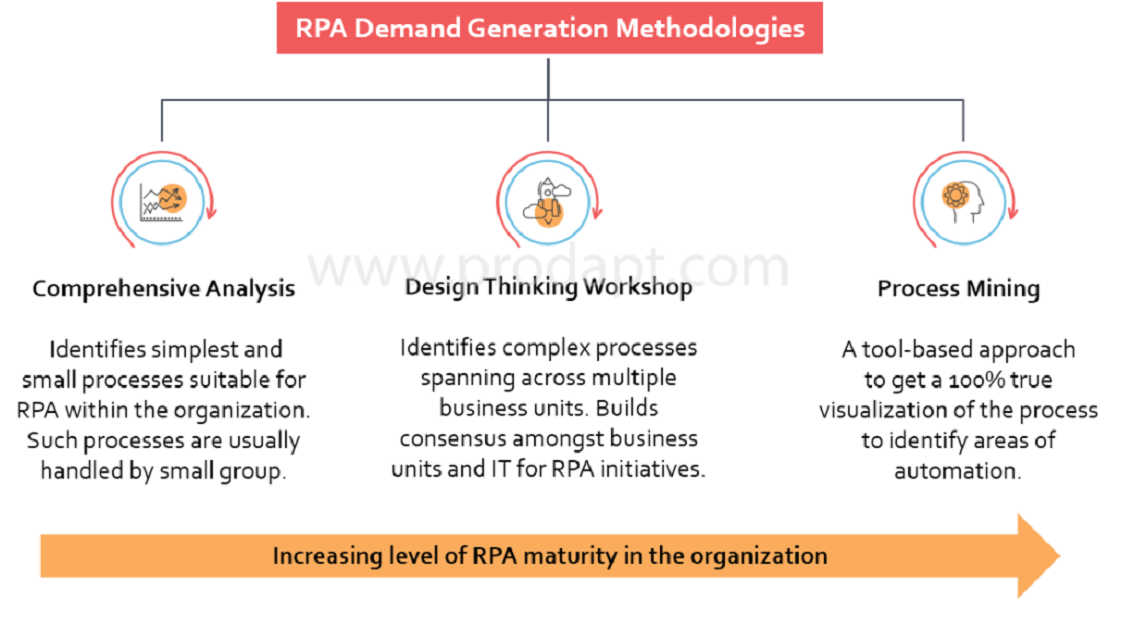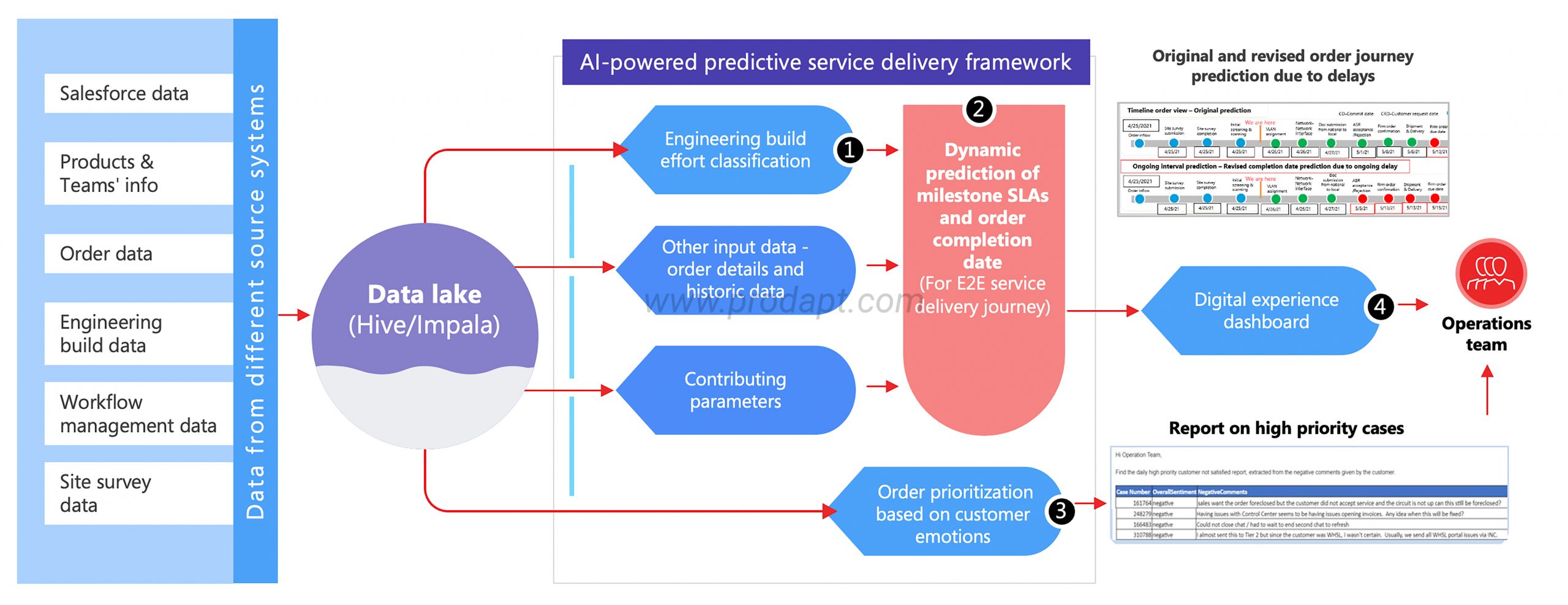Build a comprehensive RPA Bot governance model to reduce operation hassles, improve bot performance and scale automation programs
Service Providers are now riding the automation wave. Painful manual tasks, which burdened staff for ages, can be easily handled by the software bots. However, in the process of onboarding the digital workforce, most service providers have missed establishing robust and unified governance. In a survey done by Forrester Consulting, 69% of the respondents said they face difficulty in managing rules that guide bot behavior and 61% responded that control & operations of RPA bots are immature.
The lack of unified governance of the digital workforce significantly impacts different users such as the RPA Center of Excellence (COE), Business Unit Owners, Production Support, and Operations Team. These users face challenges such as managing bot license and application credentials, orchestrating bots across platforms and analyzing real-time bot performance and its utilization. They also lack real-time alerts on process failures & forecasts, which often lead to missing the SLA for critical deliveries.
Service providers must establish an effective RPA bot governance model by focusing on key areas. A few of them are listed below:
- Integrated Visual Control Room- Provides a high level of collaboration & transparency while managing bots across processes and platforms. This helps to find the root cause of non-functioning bots
- Delivery Forecast & Inflow Alert Mechanism: Helps to visualize key metrics in real-time to meet the SLAs
- Automated Application Credential Management & Bot License Tracker: Prevents production outage by avoiding account lock and license expiry issues
Governance of the Digital Workforce is becoming a consistent challenge while adopting Robotics and Cognitive Automation. A Forrester Consulting report shows that 70% of service providers struggle with BOT performance and scalability issues.













